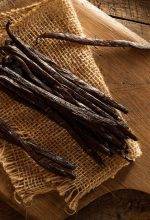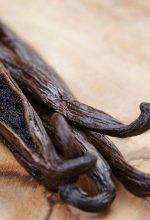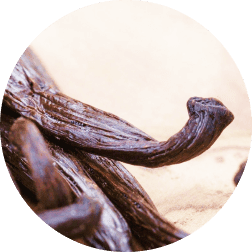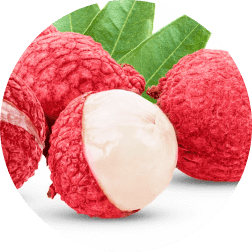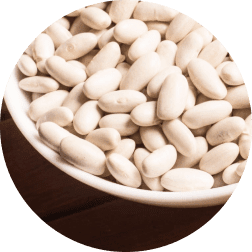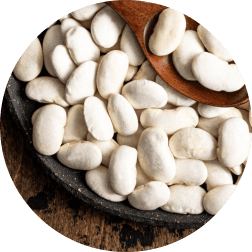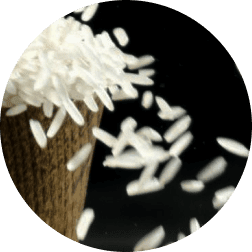Bio
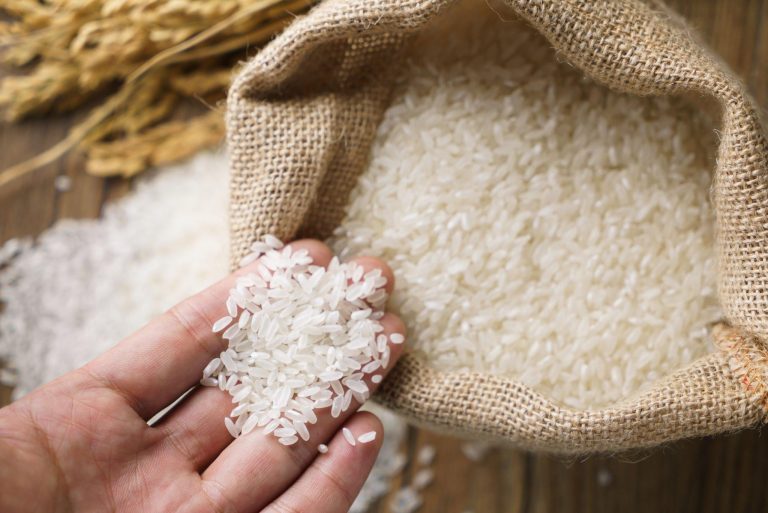
Rice
With its delicate flavor and beautiful appearance, Madagascar rice is versatile and lends itself to numerous preparations, from traditional dishes to the most inventive culinary creations. Its environmentally friendly cultivation and sustainable farming methods make it an ethical and responsible choice.
Share :
Additional information
1. Origin and Terroir
The Malagasy terroir, characterized by rich soils and favorable climatic conditions, provides an ideal environment for rice cultivation. Malagasy farmers, in collaboration with agricultural companies and research institutes, are dedicated to cultivating and promoting hybrid rice varieties to improve yields and meet the growing food demands. The exceptional origin and terroir of Madagascar contribute to the superior quality and distinct flavor of hybrid rice, establishing the country as a key player in the production of high-quality hybrid rice.
2. Growing Process
- Field Preparation: The fields are prepared by leveling the soil and creating suitable irrigation systems.
- Seedling Nursery: Rice seeds are sown in nurseries and carefully monitored until they reach a sufficient size for transplanting.
- Transplanting: Rice seedlings are then transplanted into the flooded fields in an orderly and spaced manner.
- Growth Stage: During the growth period, farmers ensure an adequate water level in the rice paddies and remove weeds that may hinder plant growth.
- Harvesting: When the rice reaches maturity, it is harvested by cutting the stalks at the base.
- Drying: The harvested stalks are then dried to reduce moisture content and facilitate storage.
- Milling: Finally, the rice is milled to remove the outer husk and obtain the grains ready for consumption.
3. Harvest and Processing Methods
During the harvest, farmers cut the rice stalks at the base and gather them into bundles to facilitate the drying process. The rice is then sun-dried on threshing areas to reduce its moisture content. Once dried, the rice is milled to remove the outer husk and obtain the raw grain known as "paddy". This paddy undergoes a polishing process to remove the outer layer and obtain consumable white rice. After polishing, the rice is sorted to eliminate impurities and defective grains, ensuring the quality of the final product. It is then packaged under optimal conditions to maintain its freshness and quality before being distributed to local and international markets.
